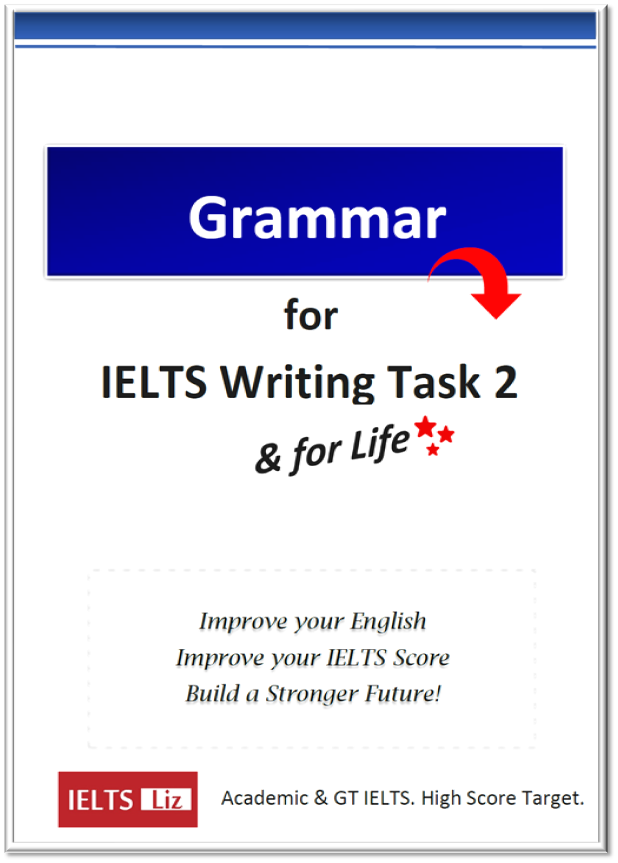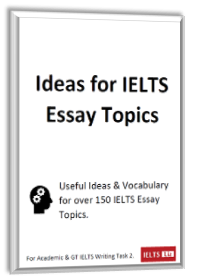Below are a list of tips that will help you in speaking part 1.
I want to thank you for posting your concerns on the Research Page for Speaking Part 1. All your concerns will help me create a strong Advanced lesson for part 1.
IELTS Speaking Part 1 Tips
- Part 1 will last between 4 to 5 mins. Not more and not less.
- You will know when part 1 starts because the examiner will turn on the recording device.
- In part 1, you will be asked questions on three everyday topics, such as home, hometown, work, studies, weather, hobbies, family, happiness, parks, sport, cooking, computers, school, food, flowers etc.
- You cannot ask the examiner to change the topic.
- The topics are chosen randomly by the examiner from a long list.
- Just because you don’t like or know much about a topic doesn’t mean you can’t talk about your past, your memories, your hopes, your likes, your dislikes, what people in your country like or what is popular.
- You will be asked a total of about 12 questions in part 1 based on the three topics.
- The questions will be about your memories, your childhood, your future hopes, your life, your family, your friends and sometimes about what people think or feel or like in your country.
- The examiner will indicate the topic by saying “Let’s talk about X”.
- Your answers will usually be between 1 – 2 sentences.
- Always answer directly to show correct use of grammar – Q. Do you like swimming? = A. Yes, I do. But…
- You must always add more to your answers = A. Yes, I do. I swim mostly at weekends though because I don’t have much time during the week due to my work commitments.
- Never give two or three words as an answer. If you don’t show the examiner your English, you won’t get a good score. Always add more as explained in tip 12.
- Let the examiner decide when to move to the next question. Keep talking until he or she asks the next question.
- It is normal to have your answer interrupted – you should be prepared for that. It doesn’t not reflect your score or the strength of your answer. It is just part of the testing system.
- Part 1 sometimes feels like a rapid fire question section. Be ready for that.
- It is fine to give a negative answer. Q. Do you often go to the cinema? = A. No, I don’t. To be honest, I rarely have time. I think the last time I went to the cinema was about two years ago.
- Some questions might require a longer answer because they need more explaining. Q. Do you think men and women like similar movies? = A. Well, it’s hard to say. I suppose that it is common for men to prefer movies that are more action based with more special effects, while women generally go for romantic movies and comedies. Of course, that’s an over-generalisation, but I guess you could say that.
- If you are asked about your hometown, this means the town where you spent most of your childhood. If you were brought up in more than one place, you can choose which place to describe.
- If you are asked about your neighbourhood, it means the street and streets around where you live now.
- If you are asked Q. Do you work or do you study?, just be honest and direct in your answer = A. I work / I study / I am a housewife / I don’t work or study at the moment. The examiner will then ask you about your work, about your studies or the examiner will change the topic if you do neither. This is the only time the examiner might change the topic based on your answer.
- The questions are not because the examiner wants information about your life. The questions are just to give you an opportunity to show your English. Your ideas are not marked. Go to the main speaking page (link given below) to learn about the marking criteria and other information about the speaking test.
- Some examiners are not as friendly or encouraging as others. You should be ready for that and make sure it does not affect your performance.
- Your aim in the test is to speak naturally and confidently. Be chatty. Be ready to share your life, your thoughts and your feelings. Be polite, but remember it is informal. Each question is a chance to show the examiner your English.
- If you want more tips on preparation, topics & questions for each part, and model answers for IELTS speaking, please go to this page: IELTS Speaking Main Page.
- If you have taken your test already – feel free to share your experiences and tips in the comments box below.
I hope you find this list useful. Make sure you follow the link to the main speaking page and get lots of free lessons and tips 🙂 Main pages for other sections of the IELTS test can be found through the RED BAR at the top of the website. There are over 300 pages of tips, lessons etc on this site – use them all.
All the best
Liz





